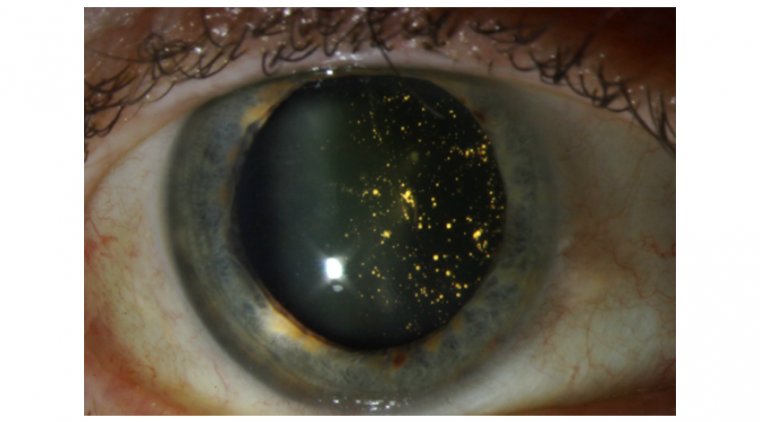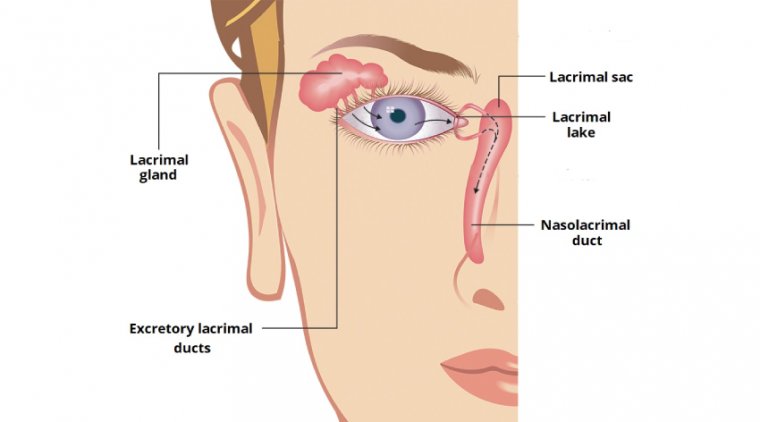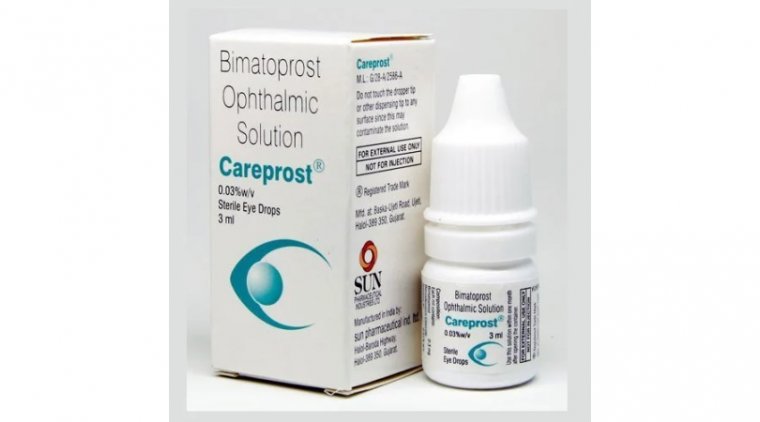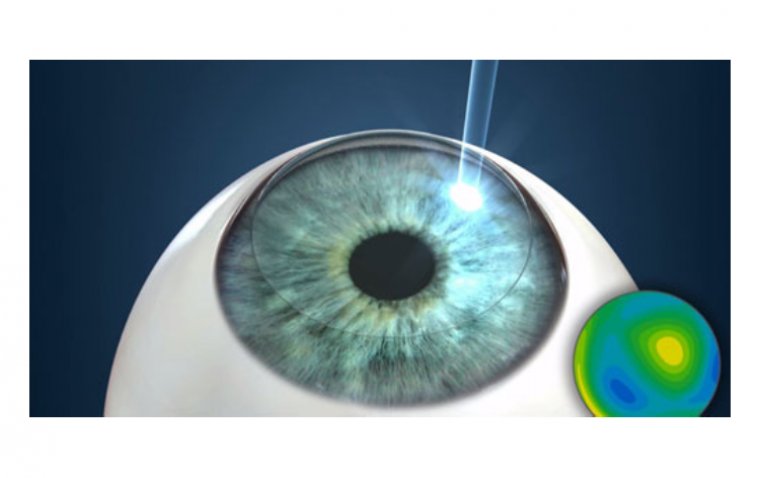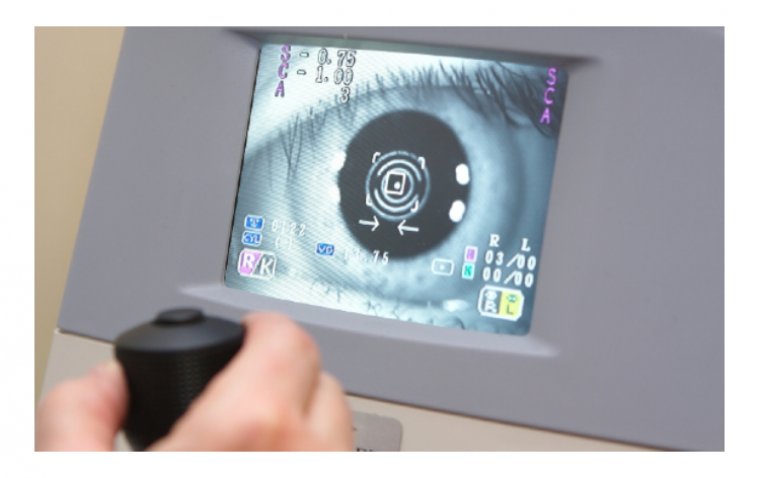
Top 10 Revolutionary Medical Devices in Ophthalmology
Medical technology has advanced significantly in recent years, providing numerous benefits to patients and healthcare professionals. In the field of ophthalmology, innovative medical devices have been developed that have revolutionized the way eye conditions are diagnosed and treated. Here are the top 10 innovative medical devices in ophthalmology without any particular order.
● Optovue Avanti Widefield OCT
The Avanti Widefield OCT offers state-of-the-art imaging from the cornea to the choroid with exclusive technology that will change your approach to disease diagnosis and management. This device provides high-resolution images of the retina, optic nerve, and choroid. It helps diagnose and monitor conditions such as glaucoma, macular degeneration, and diabetic retinopathy.
With enhanced HD imaging of the vitreous and choroid, the Avanti Widefield OCT platform provides new information about the structures of the eye. It divides the retina into discrete layers for detailed evaluation, offers vitreous and deep choroidal imaging, and allows you to monitor changes over time.
Avanti Widefield OCT is highly adaptable and allows for customized imaging protocols to cater to the specific needs of each patient. This versatility is essential for both clinical assessments and research purposes. Beyond clinical applications, the Avanti system plays a significant role in ophthalmic research and education. Its ability to provide high-quality, widefield images has made it a preferred choice for documenting cases, conducting studies, and training new eye care professionals.
.jpg)
● Zeiss IOL Master 700
The IOL Master 700 is a high-precision optical biometer. It employs partial coherence interferometry (PCI) to measure axial eye length, corneal curvature, anterior chamber depth, and lens thickness. These measurements are crucial for determining the appropriate IOL power and achieving optimal post-cataract surgery visual outcomes.
In addition to basic biometric measurements, the device integrates corneal topography data, allowing for a comprehensive assessment of corneal shape and curvature. This information is valuable for the assessment of corneal irregularities and helps in the selection of toric IOLs for astigmatism correction.
The Zeiss IOL Master 700 is recognized for its exceptional accuracy and repeatability, ensuring that the IOL power calculation is as precise as possible. It minimizes the likelihood of refractive surprises after cataract surgery.
.jpg)
● Alcon LenSx Femtosecond Laser System
The LenSx laser system utilizes femtosecond laser technology, which operates at an ultra-short pulse duration, allowing for precise and minimally invasive surgical procedures. This technology is known for its exceptional safety and accuracy. The system is used for creating precise, circular capsulotomies to access and remove the cataract-affected natural lens. It also assists in the fragmentation and softening of the cataract, facilitating its removal and reducing the need for ultrasound energy during surgery.
The laser system integrates with advanced imaging technology, offering 3D imaging and real-time, high-resolution optical coherence tomography (OCT). These capabilities provide detailed visualization of the eye, allowing surgeons to plan and execute surgery with unparalleled precision.
The LenSx Femtosecond Laser System enables surgeons to customize surgical plans for each patient, including the size and location of incisions, capsulotomy diameter, and astigmatism correction, based on the patient's unique ocular characteristics.
.jpg)
● DORC Eva Nexus
EVA NEXUS is a complete ophthalmic surgical system for cataract, retina, and combined surgery. The platform is built on DORC’s unique Vacuflow VTi technology, a proprietary pump system designed to combine control, efficiency, and precision as it allows surgeons to choose between vacuum or flow mode during surgery.
EVA NEXUS includes a range of new features such as Smart IOP for IOP stability, the EVA INICIO microinjection system, and the next generation 2-dimensional cutter (TDC) called the TDC Veloce. The device proudly holds the distinction of being the first to receive approval for a surgical system designed for subretinal injection procedures.
The device also features independent irrigation and infusion lines for anterior and posterior surgery ensuring easy switching of surgical phase during combined phacovitrectomy surgery Additionally, EVA NEXUS features a host of ergonomic and user improvements including active monitoring of BSS levels, vertical and lateral adjustable monitor, a digital overlay and easy-to-use footbrake for repositioning of the system.
.jpg)
● Topcon KR-1W Wavefront Analyzer
The KR-1W employs wavefront technology to map the entire optical path of the eye. It measures both lower-order aberrations, such as myopia, hyperopia, and astigmatism, and higher-order aberrations that can affect vision quality. This detailed wavefront analysis is crucial for customized vision correction and treatment planning.
The device is known for its high-resolution wavefront analysis, which enables it to detect even the most subtle imperfections in the eye's optical system. This level of precision is essential for personalized vision correction procedures like LASIK and PRK. The instrument includes pupillometry measurements, which are essential for assessing how changes in lighting conditions affect a patient's visual quality. This information assists in determining the appropriate treatment zone for refractive surgery and the management of night vision disturbances.
KR-1W Wavefront Analyzer also integrates corneal topography data, allowing for a comprehensive assessment of the cornea's shape and curvature. This is beneficial for contact lens fitting, orthokeratology, and the diagnosis and management of various corneal diseases.

● Haag-Streit Lenstar LS 900 Biometer
Lenstar LS 900 Biometer provides highly accurate laser optic measurements for every section of the eye −from the cornea to the retina− and is the first optical biometer on the market that can measure the thickness of the crystalline lens.
The Lenstar LS 900 uses optical biometry, which is a non-contact and non-invasive method for measuring key ocular parameters. It offers a highly accurate and reliable way to obtain essential data for IOL power calculations. This biometer provides multiple measurements in a single scan, including axial eye length, corneal curvature, anterior chamber depth, lens thickness, and white-to-white (WTW) distance. These measurements are crucial for calculating the appropriate IOL power and improving the accuracy of cataract surgery outcomes.
The device also incorporates advanced optical technology that ensures precise measurements, even in challenging cases. It can accurately measure patients with dense cataracts, small pupils, or other anatomical variations.

● Heidelberg Spectralis OCT
Heidelberg's SPECTRALIS® OCT is an advanced and highly regarded imaging system used in ophthalmology. It is primarily known for its high-resolution OCT imaging capabilities. It allows eye care specialists to capture detailed, cross-sectional images of the eye, enabling early detection and precise monitoring of various eye conditions.
In addition to standard OCT, this system offers various imaging modalities, including infrared reflectance, fundus autofluorescence, and fluorescein angiography. These additional modalities provide comprehensive insights into retinal and choroidal structures.
The device also supports confocal scanning laser angiography (cSLO), which helps in capturing dynamic images of retinal blood flow. This feature is particularly useful in diagnosing and monitoring vascular eye diseases.

● Nidek OPD Scan III Aberrometer
The Nidek OPD Scan III Aberrometer is a cutting-edge diagnostic instrument used in ophthalmology and optometry to provide comprehensive and highly detailed measurements of the eye. The OPD Scan III employs wavefront aberrometry, a technology that measures the eye's refractive errors and higher-order aberrations beyond the typical sphere and cylinder values. This technology offers a detailed analysis of how light passes through the optical system, contributing to precise and customized vision correction.
The device provides in-depth information about corneal shape and curvature, which is essential for contact lens fitting, orthokeratology, and the assessment of corneal diseases. The device is equipped with user-friendly software that makes data acquisition and analysis straightforward for eye care professionals.
The OPD Scan III integrates corneal topography, capturing the shape and curvature of the cornea's anterior surface. This is vital for corneal disease diagnosis, planning refractive surgery, and fitting contact lenses. It also has the capacity to measure the pupil size under various lighting conditions. Pupillometry is crucial for optimizing visual outcomes in refractive surgery and understanding conditions like night vision disturbances.

● Ellex Tango Reflex Laser
The Ellex Tango Reflex Laser is a state-of-the-art medical laser system designed for a variety of ophthalmic applications, particularly in the field of photocoagulation. The device uses dual-wavelength technology, which includes both green (532 nm) and red (647 nm) wavelengths. This dual-wavelength capability allows eye care professionals to target a wide range of eye conditions with precision and versatility.
The system incorporates MicroPulse technology, a proprietary innovation by Ellex. MicroPulse laser delivery allows for tissue-sparing treatments, reducing the risk of collateral damage to the surrounding healthy tissue. This is especially important in the treatment of diabetic macular edema and other retinal disorders.
In addition to photocoagulation, the laser system includes a YAG laser for photodisruption. This is used for posterior capsulotomy (opening the capsule behind the intraocular lens), iridotomy (creating a hole in the iris), and other procedures related to the anterior segment of the eye.

● Leica M844 F40 Ophthalmic Microscope
The Leica M844 F40 Ophthalmic Microscope is a cutting-edge, high-quality optical instrument specifically designed for ophthalmic surgery. This microscope is equipped with various features and benefits to provide eye surgeons with the precise visualization required for complex eye surgeries.
The device boasts exceptional optics, delivering crisp, high-resolution images with outstanding depth perception and color accuracy. Its advanced optics are essential for the precision required in ophthalmic surgery. It also incorporates red reflex technology, which enhances visibility of the retina during procedures like cataract surgery. It creates a red reflex that illuminates the fundus, making it easier for surgeons to work on the lens and other ocular structures.
The Leica M844 F40 Ophthalmic Microscope uses energy-efficient LED illumination, providing bright, shadow-free lighting for optimal visualization. LED illumination is not only long-lasting but also helps maintain a consistent and cool light source during lengthy surgical procedures.

These innovative medical devices have transformed the field of ophthalmology, providing more precise and efficient diagnosis and treatment of eye conditions. They also contribute to better patient outcomes and quality of life.
(1).jpg)

